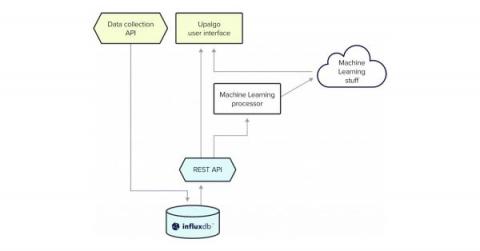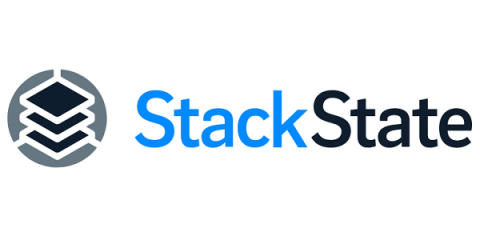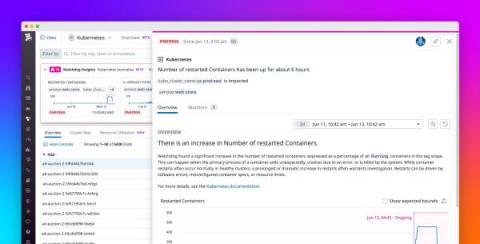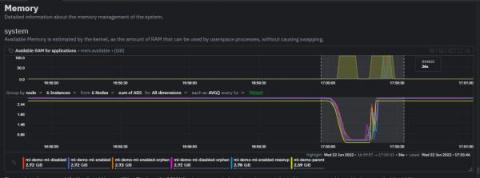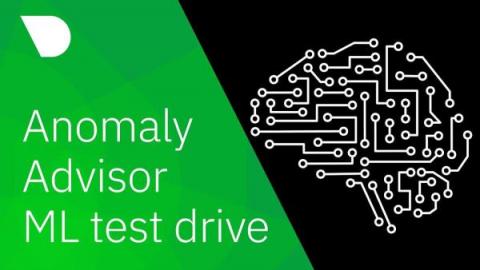How to Detect Anomalies and Why You Should Care
Companies today are relying on technology more than ever thanks to widespread digital transformation and cloud initiatives. And this is increasing the need for safe, efficient and reliable IT environments. But maintaining operational IT stability is very difficult when considering the complex and dynamic nature of today’s IT environments. In fact, IT environments are constantly changing, with new network devices, users and software versions coming into existence.



